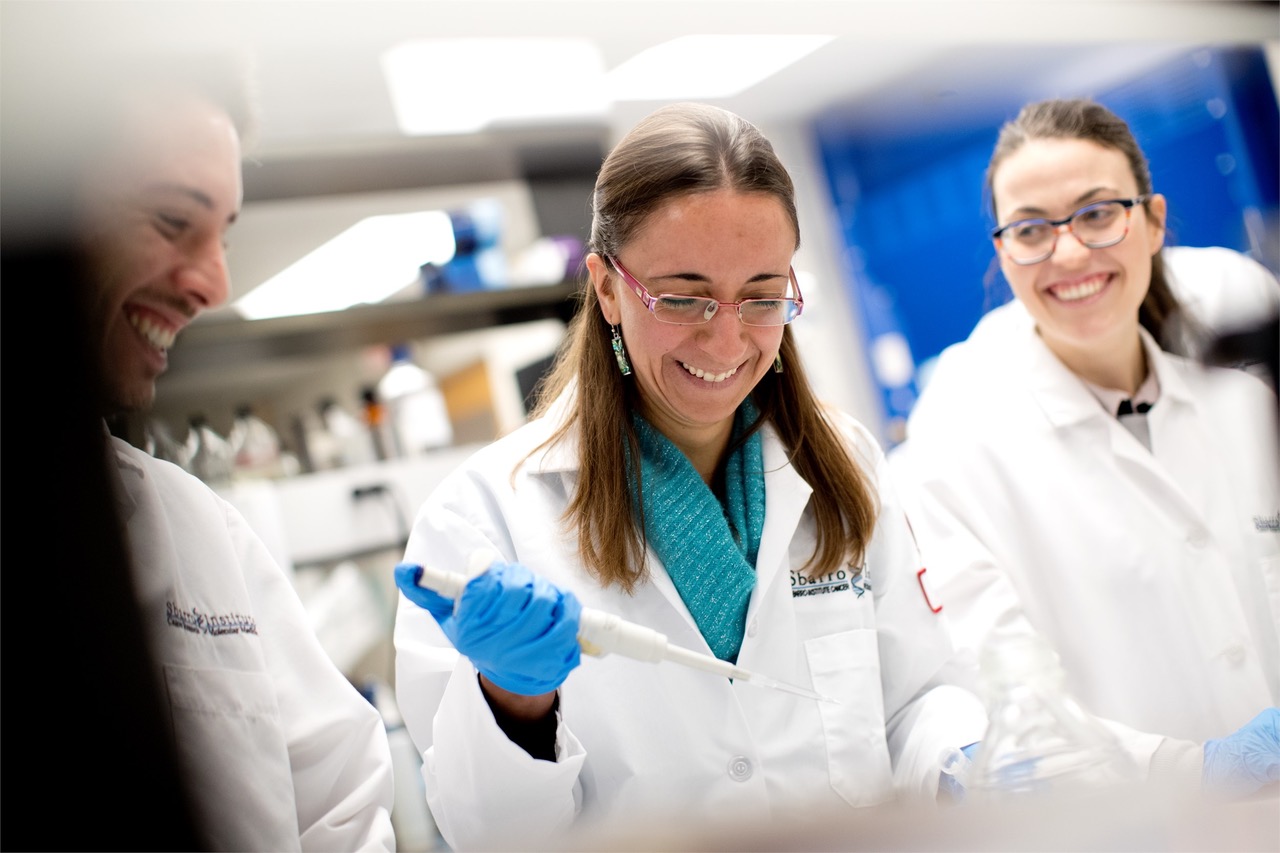Women and cancer
12 May , 2025

Cancer significantly impacts women’s health worldwide, profoundly affecting their physical well-being, emotional health, and overall quality of life. The relationship between women and cancer is uniquely influenced by a complex interplay of biological, environmental, genetic, and socio-cultural factors. Women’s risk for certain cancers differs notably from men’s due to distinctive reproductive physiology, hormonal fluctuations throughout their lifetime, and unique lifestyle exposures.
Throughout history, societal roles and cultural expectations have shaped women’s health behaviors and their access to healthcare resources. Women often juggle multiple responsibilities, including caregiving roles, which can limit their ability to prioritize their own health. Moreover, stigma and fear associated with specific types of cancer, such as breast or cervical cancer, sometimes prevent timely screenings and early medical consultations.
Women’s cancers frequently carry profound emotional and psychological implications. Issues surrounding body image, fertility, intimacy, and familial roles can significantly impact women undergoing cancer treatment. Therefore, fostering an environment of open dialogue, accessible education, and comprehensive support systems is vital to effectively addressing these challenges.
Breast Cancer
Breast cancer remains the most commonly diagnosed cancer among women globally, with approximately 1 in 8 women experiencing a breast cancer diagnosis in their lifetime. Early detection through regular mammograms, clinical breast exams, and breast self-awareness significantly improves survival rates. Advances in treatment and increased awareness have steadily improved outcomes, highlighting the importance of ongoing education and screening initiatives.
Cervical Cancer
Cervical cancer primarily affects younger and middle-aged women, with the majority of cases linked to persistent infection with the human papillomavirus (HPV). Regular screenings such as Pap smears and HPV testing, along with vaccination against HPV, have dramatically reduced incidence rates where these preventive measures are widely accessible.
Ovarian Cancer
Often referred to as the “silent killer,” ovarian cancer typically presents with subtle, easily overlooked symptoms, leading to late-stage diagnosis in many cases. It remains the most lethal gynecological cancer due to its late detection. Awareness of symptoms such as persistent bloating, abdominal discomfort, and changes in urinary habits, along with ongoing research for improved early detection methods, is essential.
Colorectal Cancer
Colorectal cancer ranks among the top three most common cancers for women. Regular screening starting at age 45 is critical, especially for women with a family history or other risk factors. Early detection through colonoscopies and non-invasive screening tests significantly reduces colorectal cancer incidence and mortality rates.
Lung Cancer
Lung cancer remains one of the leading causes of cancer-related death among women, partly due to historical trends in tobacco use. Alarmingly, rates among non-smoking women are rising, underscoring the importance of understanding additional risk factors such as exposure to secondhand smoke, radon gas, and environmental pollutants.
Uterine (Endometrial) Cancer
Uterine cancer, especially endometrial cancer, predominantly affects post-menopausal women. Its risk factors include obesity, hormone replacement therapy without progesterone, and diabetes. Early detection through awareness of symptoms, such as abnormal vaginal bleeding or discharge, is critical to successful treatment.
Skin Cancer
Skin cancer, particularly melanoma, is increasingly common among women. Frequent exposure to ultraviolet radiation from sunlight or tanning beds significantly raises the risk. Consistent use of sunscreen, regular self-examinations, and professional skin checks can effectively mitigate this risk.
Key Takeaways:
Empowering women with accurate, comprehensive information and ensuring access to preventive healthcare and early detection resources is crucial. Understanding unique cancer risks and recognizing early symptoms allows women to make informed decisions and take proactive steps towards their health. Together, through education, advocacy, and support, we can significantly reduce the burden of cancer among women.




